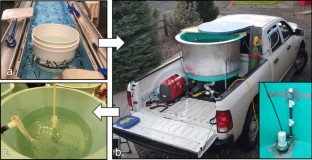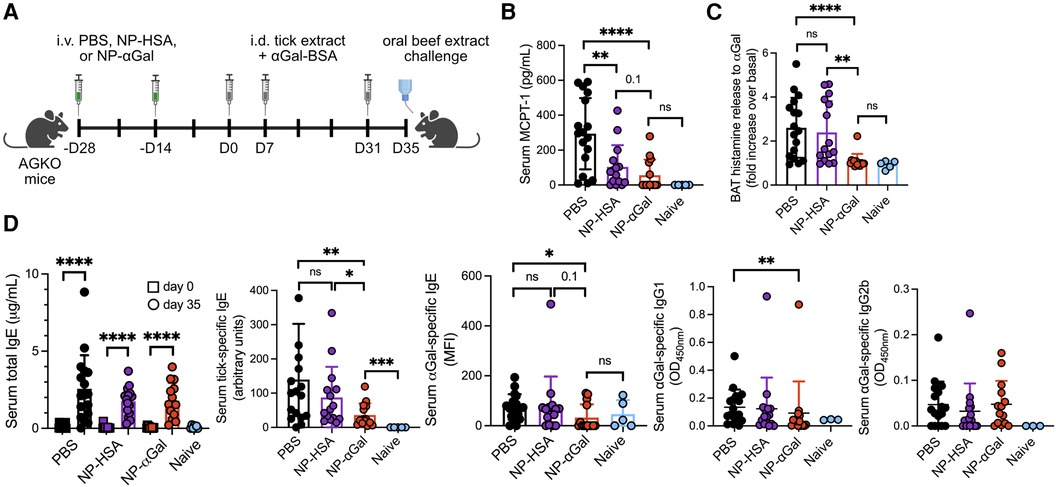2024-08-13 パシフィック・ノースウェスト国立研究所(PNNL)
<関連情報>
- https://www.pnnl.gov/publications/tiny-tag-untaggable-fish
- https://www.jove.com/t/65694/handling-tagging-techniques-for-implanting-juvenile-american-shad
- https://link.springer.com/article/10.1007/s11160-024-09835-5
アメリカンシャッドの稚魚に新しい音響マイクロ発信器を埋め込むためのハンドリングとタグ付け技術 Handling and Tagging Techniques for Implanting Juvenile American Shad with a New Acoustic Microtransmitter
Katherine A Deters, Jill M Janak, Robert P Mueller, Brandon T Boehnke, Zhiqun Daniel Deng
JoVE Published: June 14, 2024
DOI:https://dx.doi.org/10.3791/65694

Summary
This article provides a detailed procedure for optimal handling practices and implantation of an acoustic micro transmitter into juvenile American shad. The results of our laboratory study suggest that these tagging techniques could be implemented in field studies of juvenile American shad with a high probability of survival.
Abstract
The use of telemetry techniques to better understand the behavior and survival of juvenile American shad (Alosa sapidissima), as they migrate through hydropower systems, has been challenging because shad are widely known to be particularly sensitive to handling. The goal of this study was to develop a tagging protocol using a new, acoustic micro transmitter that minimizes the detrimental effects of the tagging process and maximizes post-tagging survival of juvenile American shad. Limiting out-of-water handling and the use of brackish saltwater (7.5 parts per thousand) before and after tagging improved survival for shad tagged using a simple pectoral implantation method. This protocol provides a detailed, step-by-step procedure for tagging juvenile shad with acoustic transmitters. Fish tagged using this procedure and held in the laboratory for 60 days had an 81.5% survival rate, compared to 70% for their untagged counterparts. The successful tagging and handling practices developed in this study could be applied to field telemetry studies of juvenile shad and other sensitive species.
アメリカシャッド稚魚の採集、輸送、保持、ハンドリング、タグ付けの最適な方法の開発 Development of optimal methods for collection, transportation, holding, handling, and tagging of juvenile American shad
Katherine A. Deters,Robert P. Mueller,Stephanie A. Liss,Jill M. Janak,Huidong Li,Jayson J. Martinez,Ryan A. Harnish,Jun Lu & Zhiqun Daniel Deng
Reviews in Fish Biology and Fisherie Published:07 March 2024
DOI:https://doi.org/10.1007/s11160-024-09835-5

Abstract
American shad (Alosa sapidissima) are an anadromous fish species native to North America that have an extensive range, but their populations are declining. Acoustic telemetry can play a vital role in better understanding the behavior and survival of this sensitive species, but successfully handling and tagging juvenile American shad can be challenging. We conducted several experiments to determine the best methods for collecting, transporting, holding, and tagging juvenile shad. Minimizing out-of-water handling and the use of a saltwater treatment during collection increased 24 h survival from 78 to 99% after transport. Saltwater was also fundamental in keeping tagged shad alive overnight. Shad as small as 50 mm, were implanted with a dummy acoustic transmitter using a pectoral incision method with no suture. In a 60 d holding evaluation, the tagged fish survived at a rate comparable to their non-tagged counterparts (81.5% for tagged, 70% for untagged). Tagged and untagged shad also had similar survival when exposed to a tank of predators. The results are important for improving conservation efforts for small, sensitive species of fish, like American shad.


